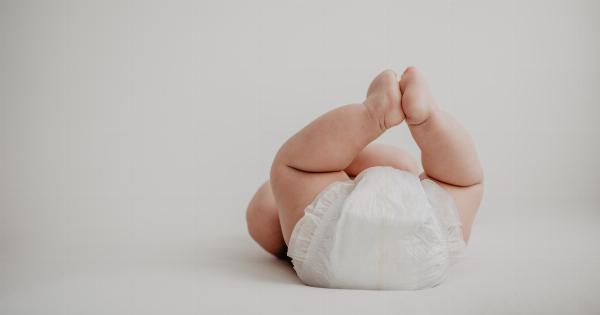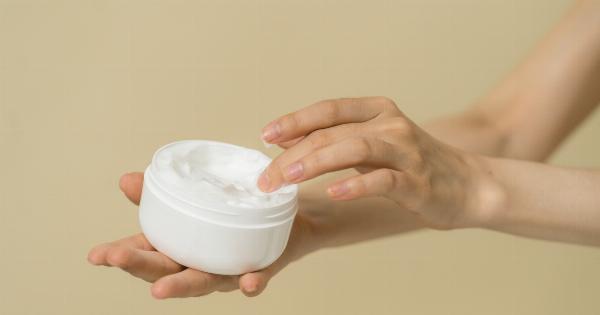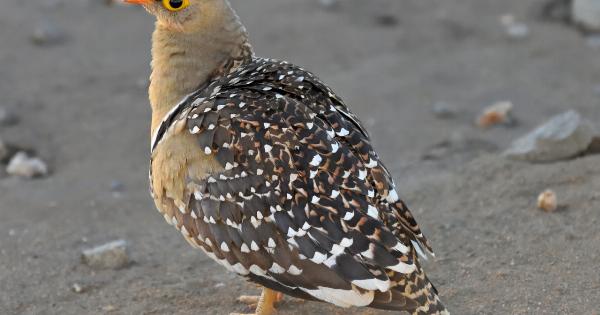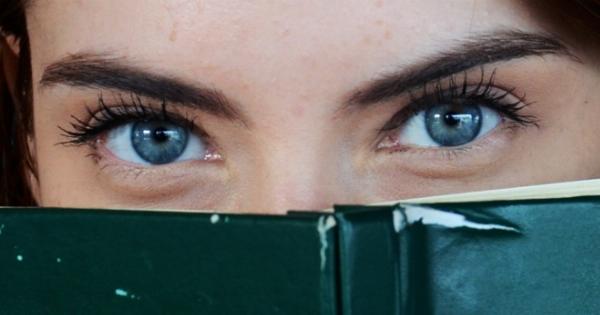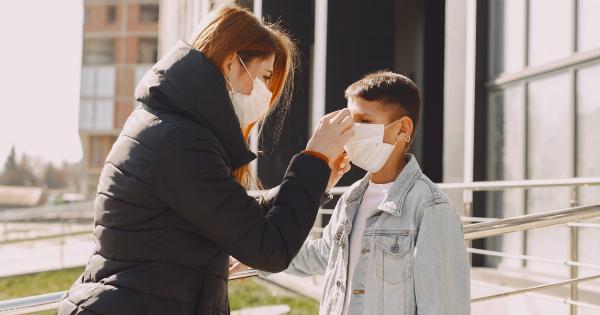As a parent, it can be alarming to see a rash appearing on your child’s skin. Rashes are common in childhood and can be caused by a variety of factors.
While most rashes are harmless and will resolve on their own, there are some that may require medical attention. In this article, we will discuss ten childhood rashes that parents should know about.
1. Diaper Rash
Diaper rash is a very common rash that affects infants and toddlers. It occurs when the skin in the diaper area becomes irritated due to prolonged contact with urine or feces.
The rash appears as red, irritated skin and may be accompanied by small bumps or blisters. To prevent diaper rash, it is important to change your baby’s diaper frequently and to apply a barrier cream.
2. Eczema
Eczema, also known as atopic dermatitis, is a chronic condition that causes dry, itchy, and red patches on the skin. It is common in babies and young children, and the exact cause is unknown.
Eczema can be managed by keeping the skin moisturized, avoiding triggers such as harsh soaps or irritants, and using prescribed creams or ointments.
3. Chickenpox
Chickenpox is a highly contagious viral infection that is characterized by itchy, fluid-filled blisters. It is most common in children between the ages of 5 and 10.
Chickenpox can be prevented with a vaccine, and the symptoms can be managed with over-the-counter medications to reduce itching and fever.
4. Fifth Disease
Fifth disease, also known as erythema infectiosum, is a viral illness that primarily affects children. It is characterized by a bright red rash on the cheeks, giving the child a “slapped cheek” appearance.
Fifth disease is usually a mild illness, and the rash may come and go for several weeks. It is important to keep the child comfortable and well-hydrated during this time.
5. Hand, Foot, and Mouth Disease
Hand, foot, and mouth disease is a viral infection that typically affects young children. It is characterized by painful sores in the mouth and a rash on the hands, feet, and diaper area.
Hand, foot, and mouth disease is highly contagious and can be spread through close contact. The symptoms can be managed with over-the-counter pain relievers and by ensuring the child drinks plenty of fluids.
6. Hives
Hives, also known as urticaria, are raised, itchy bumps on the skin that can appear suddenly. They are usually caused by an allergic reaction to a specific food, medicine, or allergen.
Hives can also be triggered by viral infections or changes in temperature. If your child develops hives, it is important to identify and avoid the trigger, and to consult a healthcare professional if the hives persist or are accompanied by difficulty breathing.
7. Impetigo
Impetigo is a bacterial skin infection that is common in young children. It is characterized by red sores that rupture and develop a yellow-brown crust. Impetigo is highly contagious and can be spread through close contact or by sharing personal items.
Treatment usually involves topical or oral antibiotics prescribed by a healthcare professional.
8. Ringworm
Ringworm, despite its name, is actually a fungal infection that can affect the skin, scalp, or nails. It appears as a red, circular rash with a well-defined border and may be accompanied by itching or scaling.
Ringworm is highly contagious and can spread through direct contact with an infected person or animal. Antifungal creams or oral medications may be prescribed to treat ringworm.
9. Measles
Measles is a highly contagious viral infection that causes a red, blotchy rash to appear on the skin. It usually starts on the face and then spreads to the rest of the body.
Measles can be prevented with a vaccine, and the symptoms can be managed with rest, plenty of fluids, and over-the-counter medications to reduce fever or discomfort.
10. Molluscum Contagiosum
Molluscum contagiosum is a viral skin infection that is common in children. It is characterized by small, raised bumps on the skin that have a dimple in the center.
Molluscum contagiosum is highly contagious and can be spread through close contact or by sharing personal items. Treatment options include topical creams or cryotherapy to remove the bumps, although the infection may resolve on its own over time.






